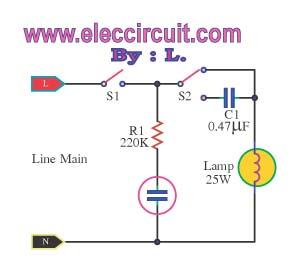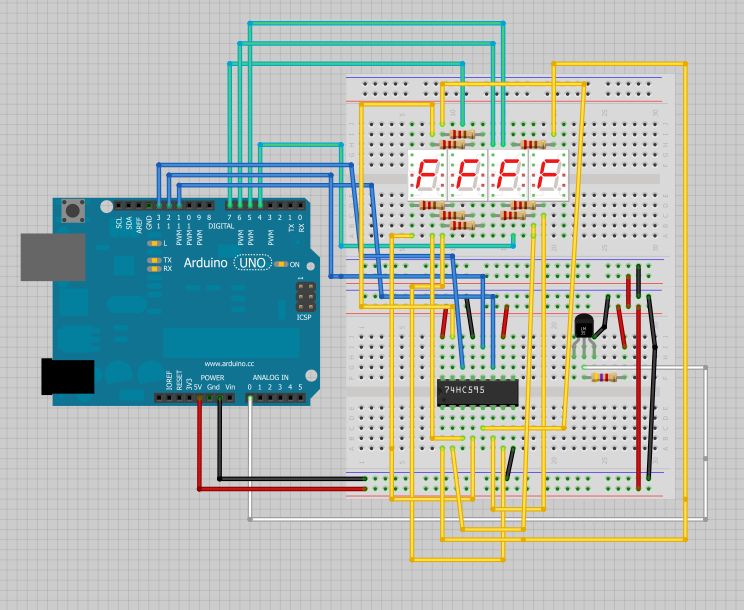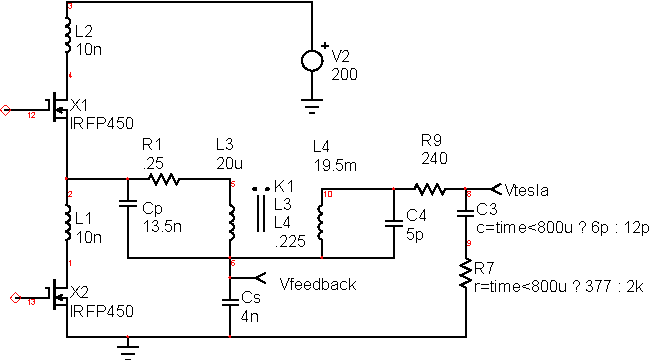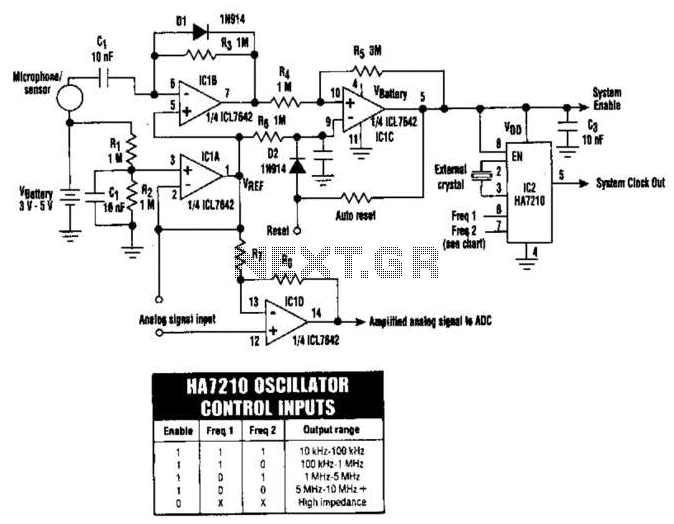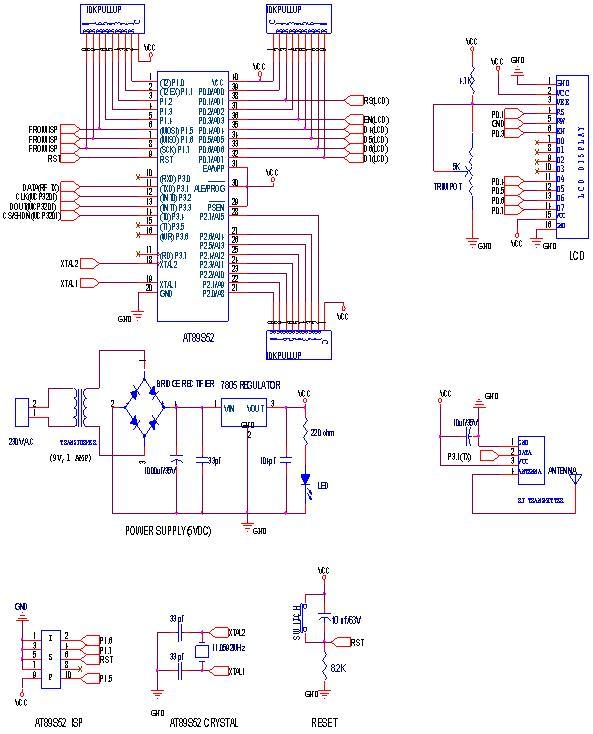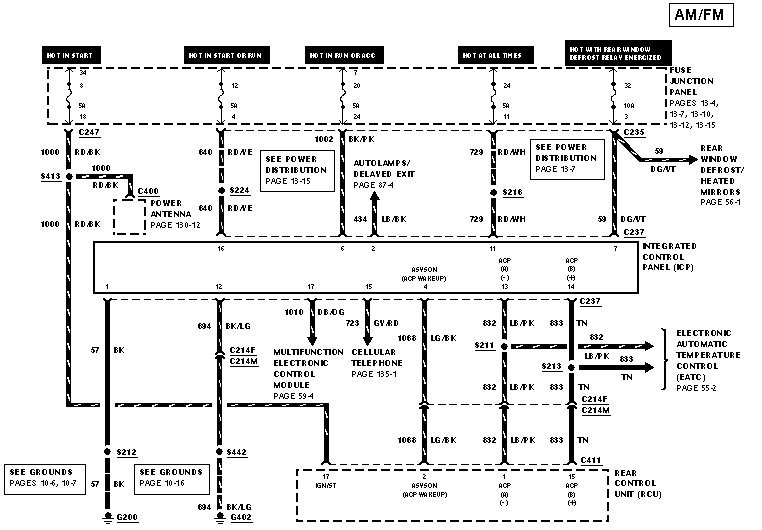
vu meter using a lm3915 circuit diagram
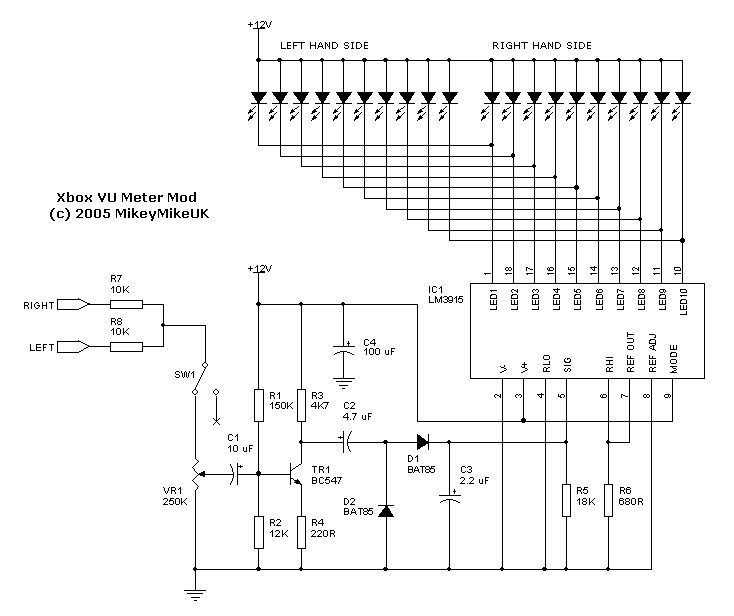
The LED current drive is regulated and programmable, which eliminates the need for current-limiting resistors. The integrated circuit (IC) features an adjustable voltage reference and an accurate ten-step voltage divider.
The LED current drive circuit is designed to provide precise control over the current flowing through light-emitting diodes (LEDs). By utilizing a regulated and programmable approach, this circuit enhances the efficiency and performance of LED applications, making it suitable for various lighting systems.
The core of this design includes an integrated circuit (IC) that incorporates an adjustable voltage reference. This feature allows for the customization of the output voltage, enabling the user to set the desired current level for the LEDs. The adjustable reference voltage is crucial for maintaining consistent brightness across a range of operating conditions and for different types of LEDs.
In addition to the voltage reference, the IC contains a ten-step voltage divider. This component plays a vital role in determining the output current through the LEDs by providing discrete voltage levels that can be selected based on the application's requirements. Each step of the divider corresponds to a specific current setting, allowing for fine-tuning of the LED brightness and ensuring that the LEDs operate within their specified current ratings.
The elimination of current-limiting resistors is a significant advantage of this design. Traditional methods of limiting current using resistors can lead to inefficiencies, particularly in applications where the forward voltage of the LEDs may vary. By employing a programmable current drive, the circuit can dynamically adjust to changes in LED characteristics, ensuring optimal performance and longevity.
Overall, this LED current drive circuit is an effective solution for applications requiring precise control over LED currents, providing flexibility, efficiency, and reliability in various electronic designs.LED current drive is regulated and programmable, eliminating the need for current limiting resistors. The IC contains an adjustable voltage reference and an accurate ten-step voltage divider. 🔗 External reference
The LED current drive circuit is designed to provide precise control over the current flowing through light-emitting diodes (LEDs). By utilizing a regulated and programmable approach, this circuit enhances the efficiency and performance of LED applications, making it suitable for various lighting systems.
The core of this design includes an integrated circuit (IC) that incorporates an adjustable voltage reference. This feature allows for the customization of the output voltage, enabling the user to set the desired current level for the LEDs. The adjustable reference voltage is crucial for maintaining consistent brightness across a range of operating conditions and for different types of LEDs.
In addition to the voltage reference, the IC contains a ten-step voltage divider. This component plays a vital role in determining the output current through the LEDs by providing discrete voltage levels that can be selected based on the application's requirements. Each step of the divider corresponds to a specific current setting, allowing for fine-tuning of the LED brightness and ensuring that the LEDs operate within their specified current ratings.
The elimination of current-limiting resistors is a significant advantage of this design. Traditional methods of limiting current using resistors can lead to inefficiencies, particularly in applications where the forward voltage of the LEDs may vary. By employing a programmable current drive, the circuit can dynamically adjust to changes in LED characteristics, ensuring optimal performance and longevity.
Overall, this LED current drive circuit is an effective solution for applications requiring precise control over LED currents, providing flexibility, efficiency, and reliability in various electronic designs.LED current drive is regulated and programmable, eliminating the need for current limiting resistors. The IC contains an adjustable voltage reference and an accurate ten-step voltage divider. 🔗 External reference
Warning: include(partials/cookie-banner.php): Failed to open stream: Permission denied in /var/www/html/nextgr/view-circuit.php on line 713
Warning: include(): Failed opening 'partials/cookie-banner.php' for inclusion (include_path='.:/usr/share/php') in /var/www/html/nextgr/view-circuit.php on line 713
